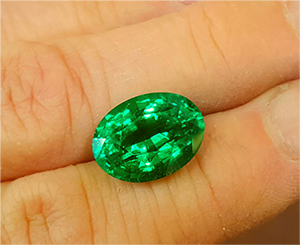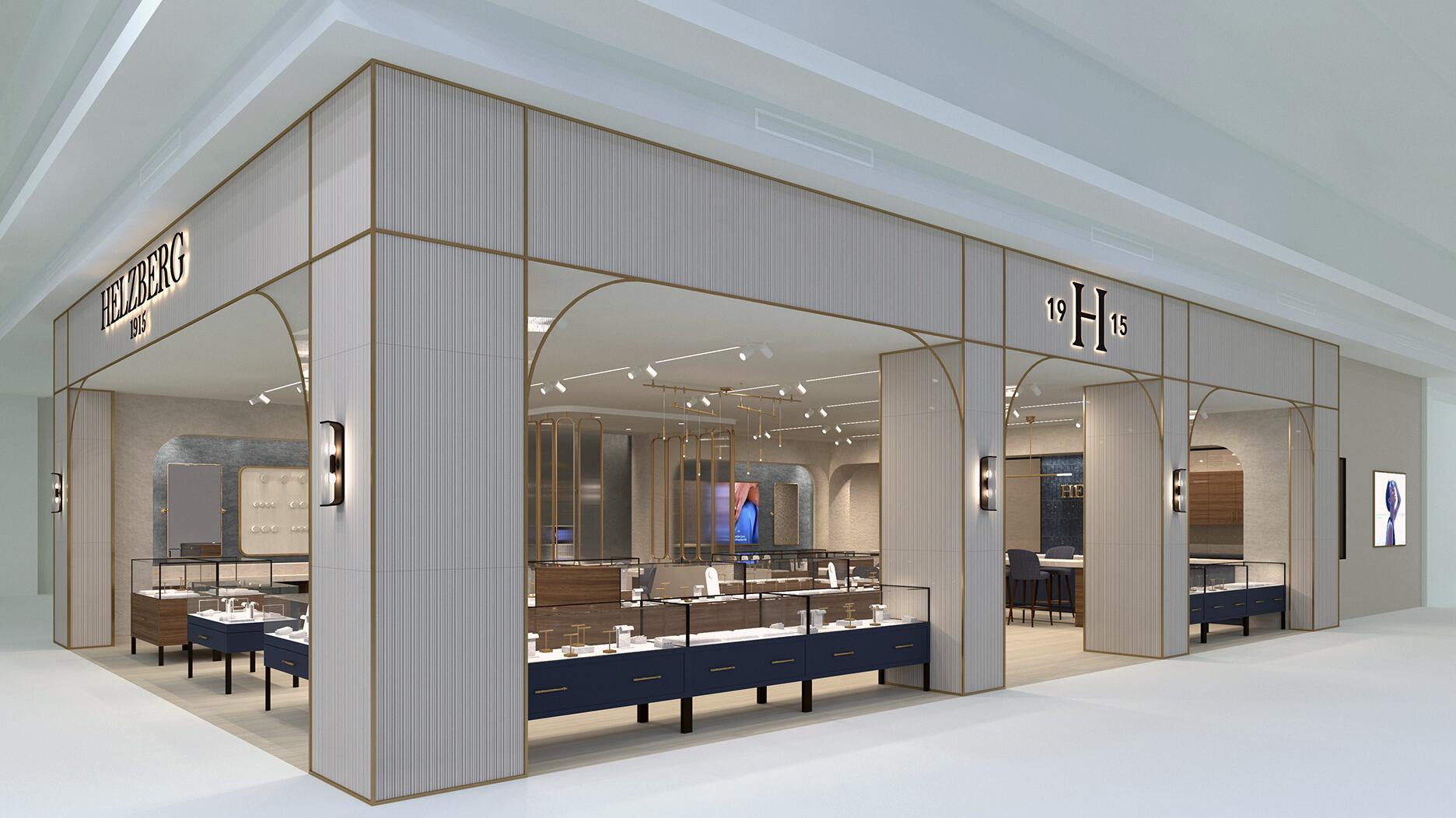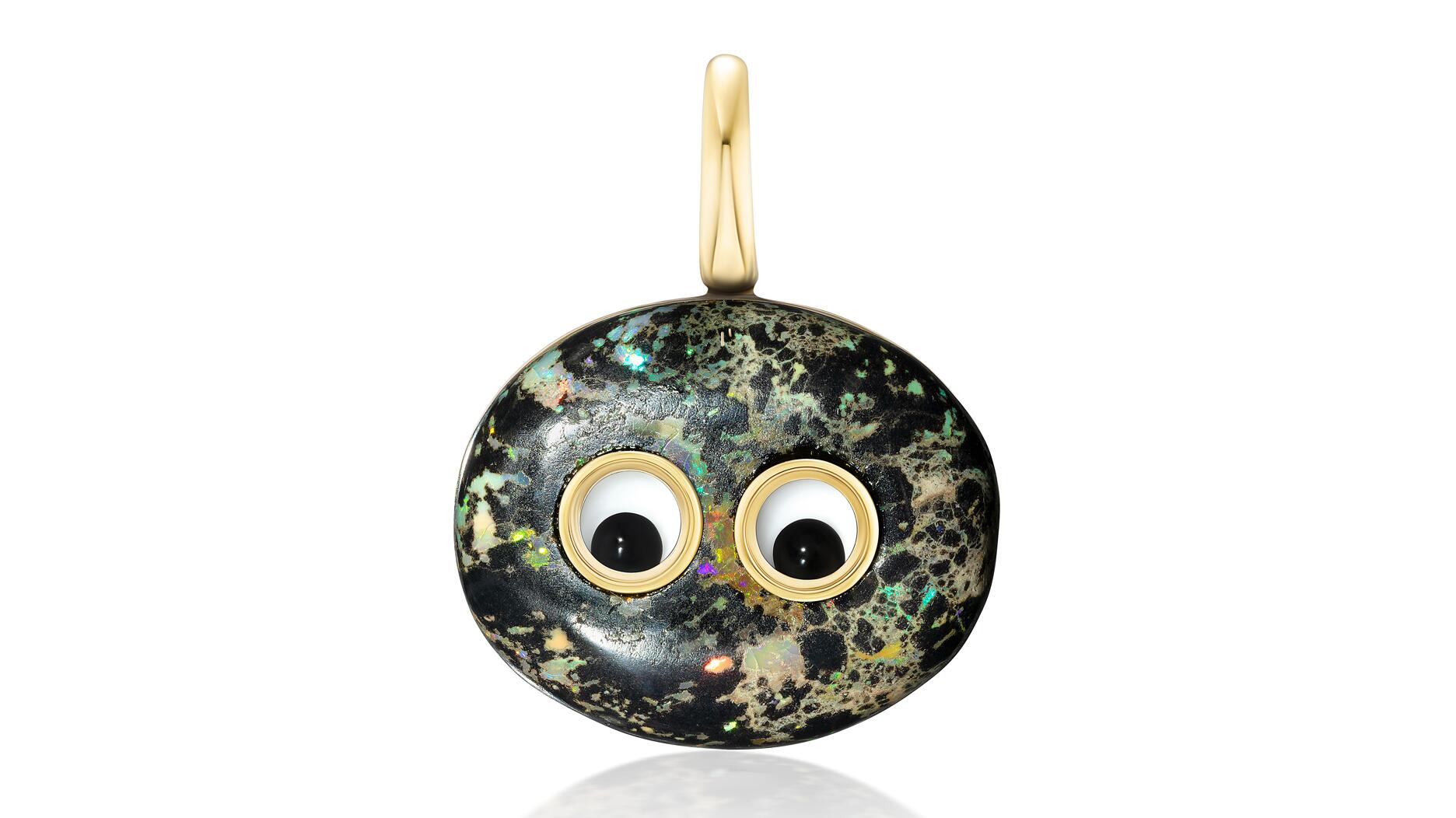The couple pleaded guilty to concealing at least $127 million in cash transactions at its precious metals businesses.
5 Things to Know About … Ethiopian Emeralds
Senior Editor Brecken Branstrator shares five facts about the emeralds now originating from a source about 300 miles south of Addis Ababa.

It’s always kind of exciting when a new source for gemstones pops up and everyone starts wondering how big and important it will be for the colored stone market.
In Tucson, word started floating around about a new deposit of emeralds in Ethiopia. Since I wasn’t able to get much information there or see a stone in person, I decided to take some time to gather more information and give it a dedicated blog once I was back.
Ethiopia is, of course, already known for being a source of high quality opals, and while this isn’t the first time that the country has produced emeralds--even if it was in very small amounts--around last August, a new deposit started turning out some fine quality gems.
This new source is located about a little more than 300 miles south of the country’s capital, Addis Ababa.
It’s still pretty early days with this deposit, and there’s no telling how long or short the supply will run.
For now, though, here’s a little about what we know.
(One side note: I did reach out to Dr. Girma Woldetinsae, the director of research and development at the Ministry of Mines, Petroleum & Natural Gas in Ethiopia to get their take on the development, but he was not able to contribute to this blog post by press time.)
1. The new deposit is located in the Seba Boru district of the country.
The closest town to the mining area is called Shakiso, where the rough generally goes to market first after being sorted, according to a recent Gems & Gemology article. It then normally goes to be sold to dealers in the capital city of Addis Ababa, which is about a 12-hour drive north of the mining activity.
2. Mining done in the area still is done the traditional way, by hand and without heavy machinery.
According to Michael Nemeth of MLN Gems, who has traveled to the area, mining is being done by small-scale miners, and the area is divided into “associations,” with each featuring a manager and several members who control the mining and distribution of the rough.
While I wasn’t able to get a more recent number on production, a source in Ethiopia’s Ministry of Mines, Petroleum and Natural Gas told Nemeth that as of the end of January, more than 100 kilograms of emerald rough (about 500,000 carats) had been produced.
Gemstone
He estimates that most of the fine gem quality material currently coming out of the deposit is averaging 3 carats and under after cutting.
3. Though much of what comes from the source is commercial grade and heavily included, there is some fine material to be found.
The gem-quality crystals can be found in exceptional size, color and clarity and can produce stones that require no clarity enhancements like oiling, Kaufman, Nemeth and gem dealer Phil Zahm all said.
It’s schist-hosted material, which means the Ethiopian rough is comparable to emerald rough from Zambia and Brazil. (Colombian emerald rough is found in calcite deposits.)
Zahm described the color of the fine material from Ethiopia as a little more “open and vivid” than what he usually sees with emeralds, adding that it has a slightly more minty color and “kind of glows.”
Michael Krzemnicki, director of Swiss Gemmological Institute SSEF, said they have only gotten a few in to the lab so far, noting they were “rather medium saturated green and showed features and analytical properties ... somehow similar to emeralds from mica schist-related deposits such as in Brazil, Russia, Zambia and Habachtal in Austria (a historically important source in Europa) to name a few.”
4. Pricing of the material is still being worked out.
Pricing is hard to gauge and talk about since there has been so little coming out and so few gem dealers who are working with the material, but so far, it seems to be just about on par with or at a premium to Zambian and Brazilian emeralds, according to the dealers with which I spoke.
Nemeth said currently, he could sell an Ethiopian emerald between 2 and 3 carats for between $4,000 and $5,000 per carat, and perhaps a little more for a slightly finer stone.
Zahm has only worked with one stone so far, noting that he sold it for about $9,000 per carat.
Still, Kaufman said he’s seen that the price of the rough has gone up since the deposit started producing last fall, even as quality has gone down.
“The last parcel I looked at about two weeks ago, I saw 3.5 kilos (about 17,500 carats) of rough, of which I bought maybe 150 grams (about 750 carats). Nothing cut larger than 6 carats. And the color was not strong.”
Demand for the stones is there, especially since the deposit has shown it can produce emeralds that need no treatment or enhancement, but Kaufman said he’s seeing margins being squeezed as the price of rough increases due to rarity and the slow production of rough being snatched up quickly, which means buyers have to be more selective now.
“There’s a big learning curve on this material because there is no oil. If the material was oiled, you could cut much bigger stones because you could hide a lot of the inclusions," he said, adding that he and some other dealers would want to keep it untreated or unenhanced, to give it an advantage in the market.
Otherwise, the material competes with the emeralds from Zambia and Brazil, he said.
5. The local government is keeping a close eye on the new deposit.
Due to concerns about instability, most of the area was temporarily closed as part of a joint effort between the mining associations and the government in November and December, Gems & Gemology said.
According to Nemeth, it was closed again earlier this year after some issues with international buyers.
While it has since reopened, entering the mining area is prohibited, and all buying activity is closely restricted, with all buyers, even locals, required to obtain both a federal letter and a regional letter to participate.
Still, Nemeth said he thinks the area could be a big producer.
It remains to be seen whether that will be true or not, and it’ll be interesting to see how it things develop.
In the meantime, unless something changes in the area or someone else is brought in to ramp up production, it’s likely to stay, for a while at least, an area of concern for just a small amount of people in the trade and the material mostly for collectors and connoisseurs of gems.
The Latest

Consumers shared concerns about prices, inflation, tariffs, trade, and politics in the survey’s write-in response section.

In February 2026, the auction house will move its headquarters to the former Steinway Hall, a neoclassical landmark on Billionaires’ Row.

How Jewelers of America’s 20 Under 40 are leading to ensure a brighter future for the jewelry industry.

The new show will take place Jan. 23-25, 2026.


The former BHP Billiton leader and Gemfields chairman is remembered for his influential leadership throughout his 50-year mining career.
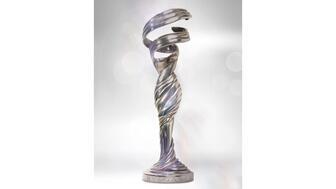
The LVMH-owned brand has partnered with the costume design union to revamp its award for 2026.

Roseco’s 704-page catalog showcases new lab-grown diamonds, findings, tools & more—available in print or interactive digital editions.

The luxury titan inked a deal to acquire an initial minority stake in the jewelry manufacturer with a pathway to full ownership by 2032.
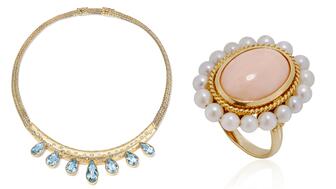
The company’s curation of unsigned vintage and estate jewelry debuted at the Bloomingdale’s in Costa Mesa, California.

In the recent multi-shipment seizure, CBP also found counterfeit Audemars Piguet, Moncler, and Chrome Hearts items.

Jewelers of America execs and National Jeweler editors discuss tariffs, the sky-high gold price, and the engagement that broke the internet.
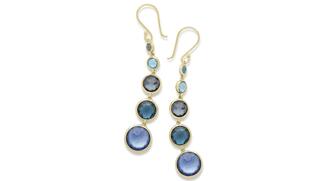
The luxury goods company said founder Ippolita Rostagno will remain at the brand’s helm.

Laura Burdese, who joined the Italian luxury brand in 2022, will take on the role in July.
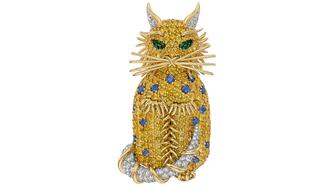
Need a gift for the cat lover who has everything? Look no further than our latest Piece of the Week.
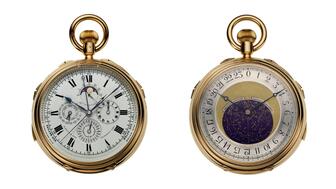
It purchased the “Grosse Pièce,” an ultra-complicated Audemars Piguet pocket watch from the ‘20s, for a record-breaking price at Sotheby’s.

The lab-grown diamond grower now offers custom engagement and fashion jewelry through its Kira Custom Lab Jewelry service.

Chandler got his start at Michelson Jewelers and has served as DCA president and CEO since 2001. He will retire at the end of the month.

The boutique is slated to open this week inside Terminal 8, offering pre-owned Rolex watches and more to international travelers.

Sponsored by Digital Monitoring Products
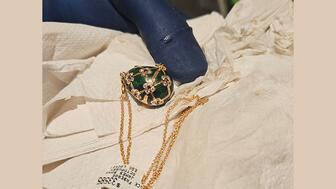
The special-edition egg pendant ingested in a New Zealand jewelry store was recovered after a six-day wait.
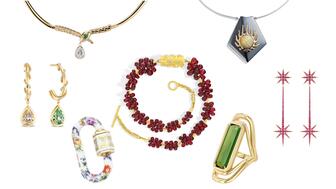
Associate Editor Natalie Francisco plays favorites with Piece of the Week, selecting a standout piece of jewelry from each month of 2025.

The “Love and Desire” campaign is inspired by the magic that follows when one’s heart leads the way, said the brand.

Two awardees will receive free tuition for an educational course at the Swiss lab, with flights and lodging included.

Berta de Pablos-Barbier will replace Alexander Lacik at the start of January, two months earlier than expected.
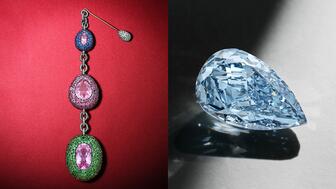
Sotheby’s held its first two jewelry sales at the Breuer building last week, and they totaled nearly $44 million.

Winners will receive free registration and lodging for its fourth annual event in Detroit.











